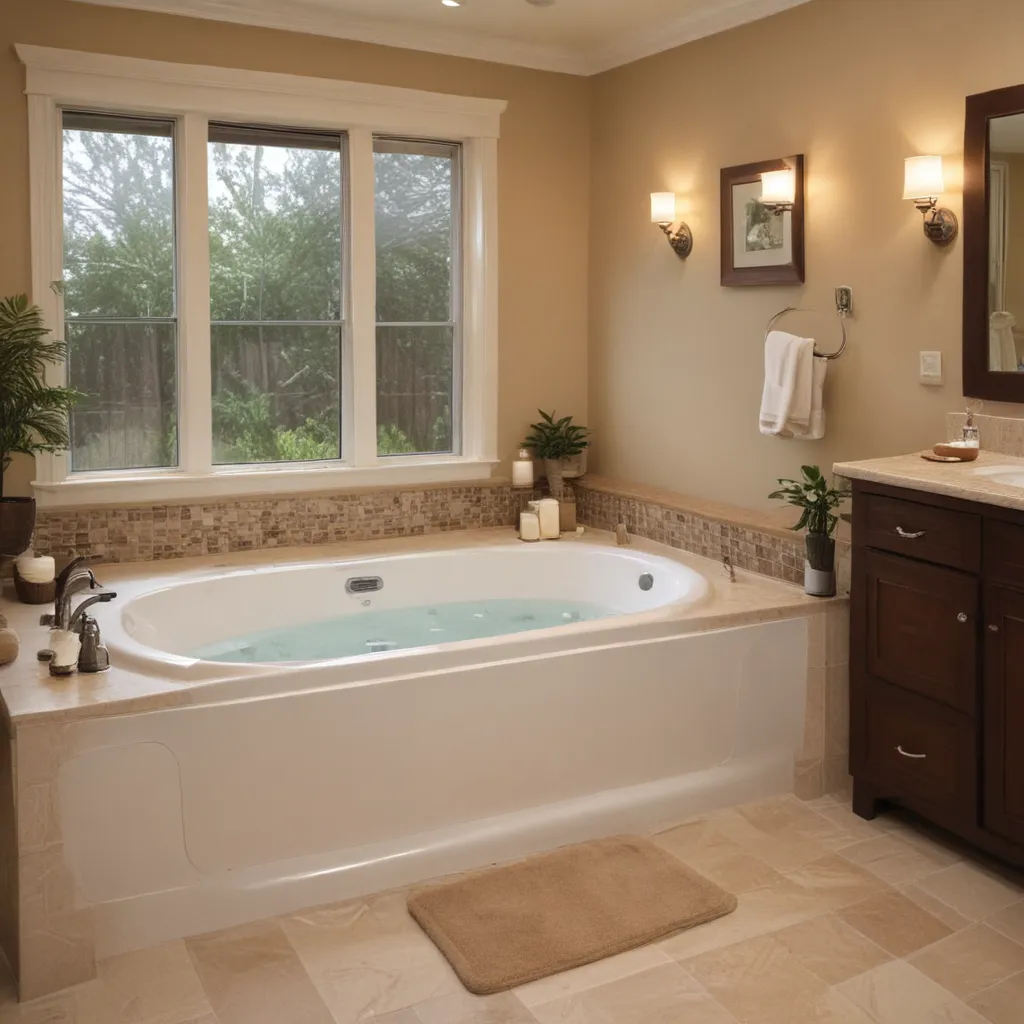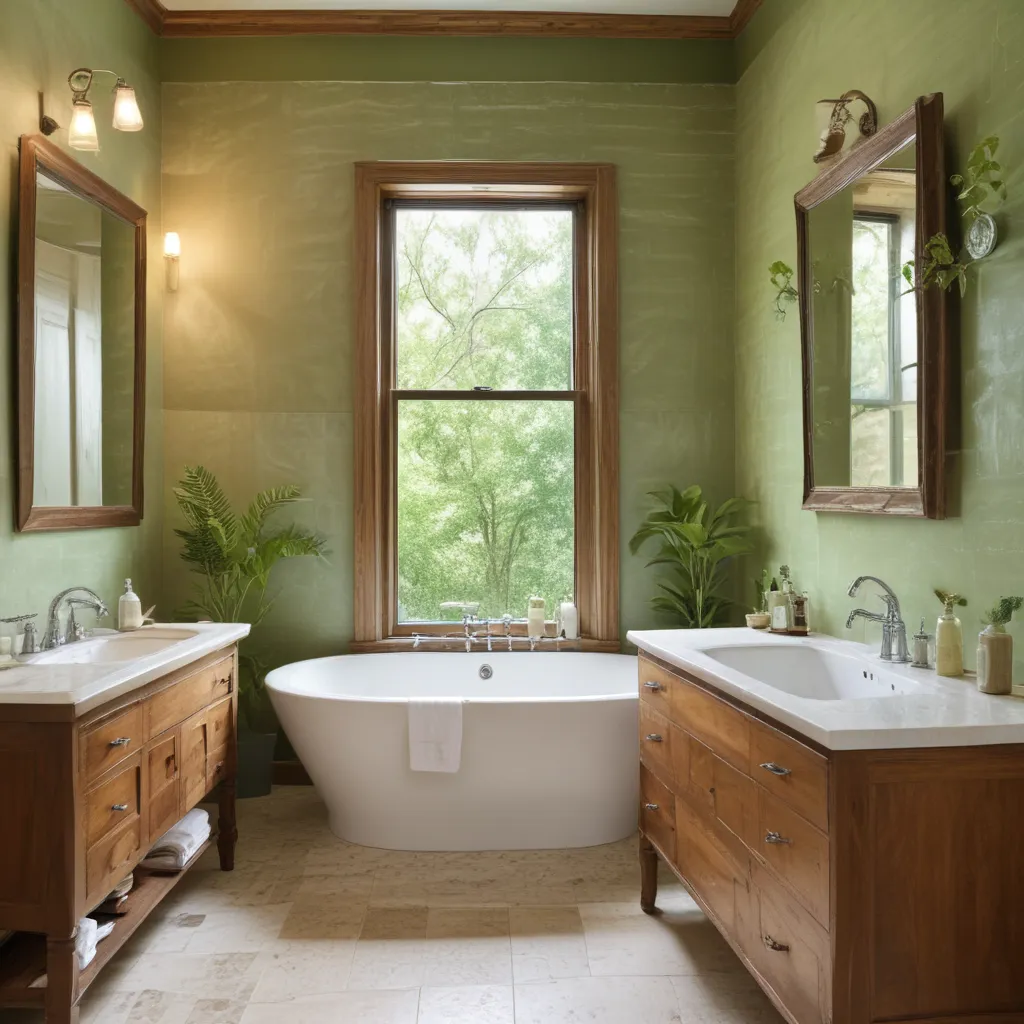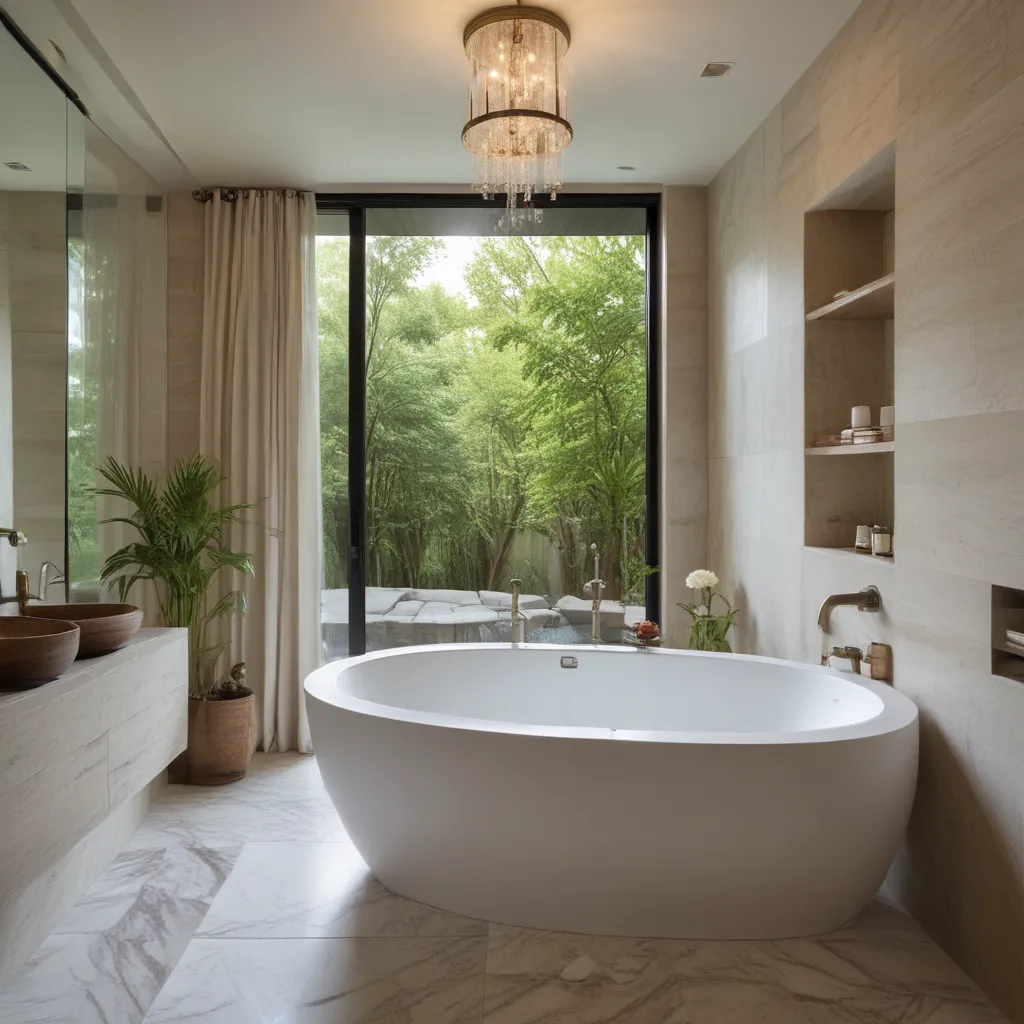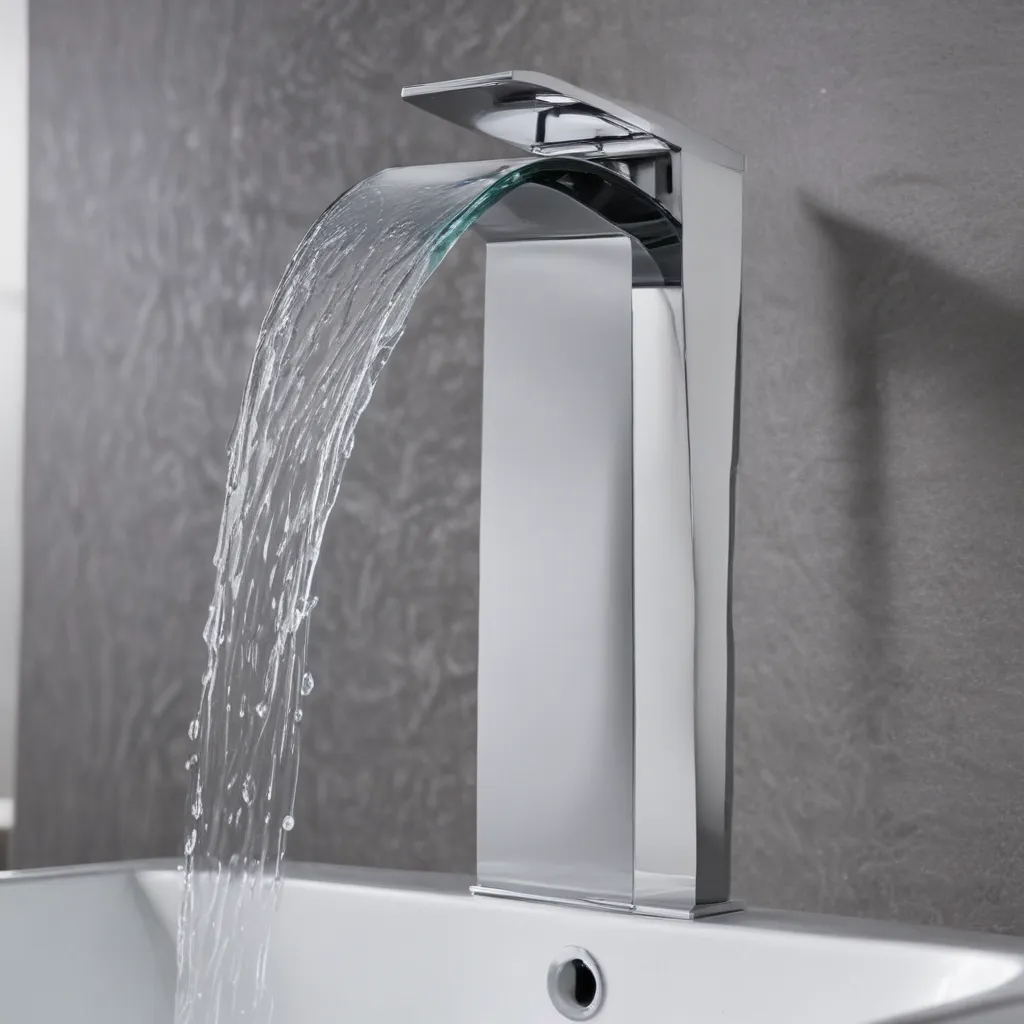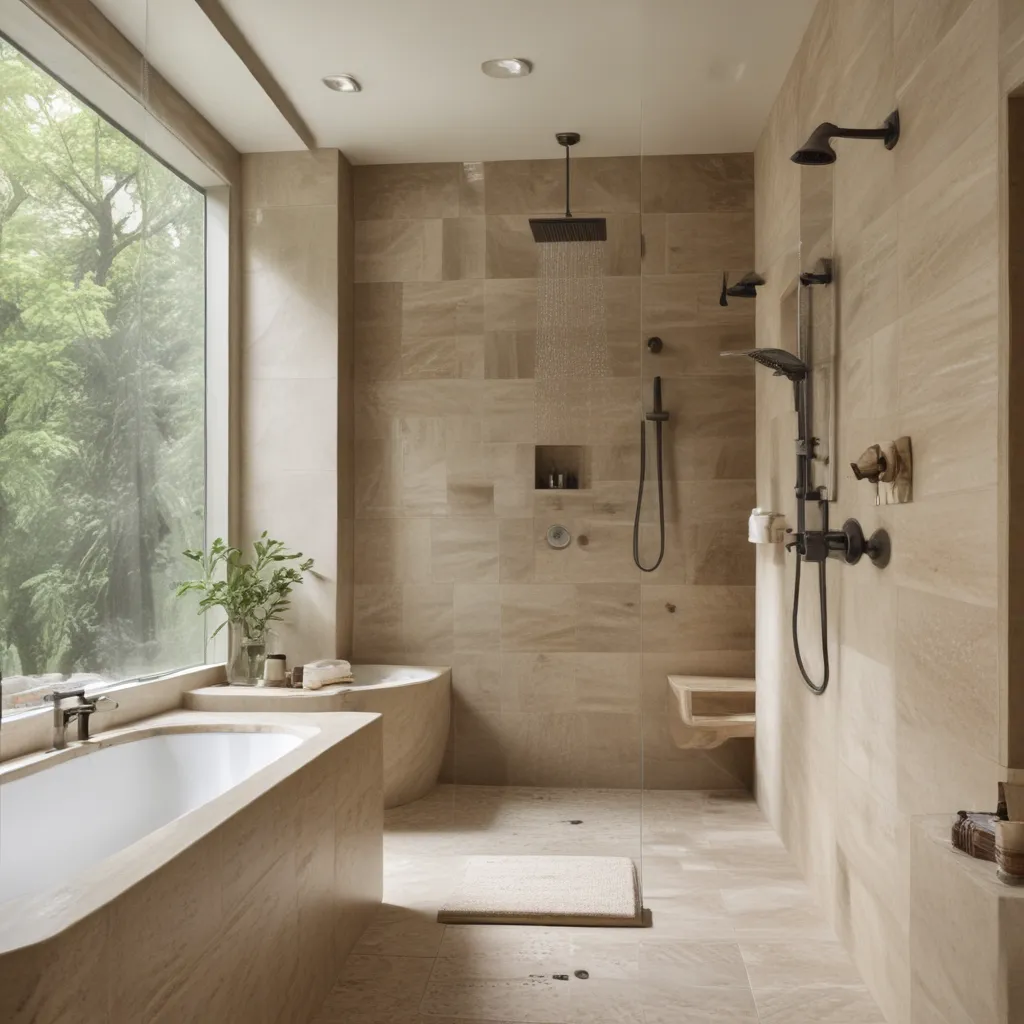
Transforming Bathrooms into High-Tech Havens
Are you tired of your boring, run-of-the-mill shower? Do you long for a truly transformative experience every time you step into the bathroom? Well, buckle up my friend, because the future of shower technology is here – and it’s about to blow your mind.
I’ll never forget the first time I encountered a next-gen shower. It was like stepping into a futuristic oasis, a sanctuary of cutting-edge innovation that made my old showerhead look like a relic from the stone age. As the water cascaded over me, I couldn’t help but feel like I was in the middle of a sci-fi movie, surrounded by digital displays, voice-controlled features, and a sense of pure, unadulterated luxury.
But this isn’t just some pie-in-the-sky dream – this is the reality of today’s bathroom design. Innovative companies are pushing the boundaries of what’s possible, blending technology, style, and function to create shower experiences that are truly out of this world. And I’m here to guide you through this brave new world of next-gen shower tech, so you can transform your boring bathroom into a high-tech haven.
Integrating Smart Technology
Think about the last time you showered – how much of that experience was controlled by you, and how much was left to chance? With the rise of smart home technology, those days are long gone. Welcome to the era of the intelligent shower, where every aspect of your bathing routine can be customized, automated, and optimized to perfection.
Imagine stepping into your shower and being greeted by a digital display that allows you to control the water temperature, flow, and pressure with the touch of a button. No more fiddling with finicky knobs or hoping you got the mix just right. [1] Instead, you can program your perfect shower settings and have them saved for next time, ensuring a consistent and comfortable experience every single day.
But the tech doesn’t stop there. Many next-gen showers also incorporate voice controls, allowing you to adjust the settings hands-free as you lather up. [2] Just say the word, and your shower will obey, whether you want to crank up the heat, turn on some soothing music, or even get the weather forecast for the day. It’s like having a personal assistant in the bathroom, ready to cater to your every whim.
Enhancing the Sensory Experience
Ah, the simple pleasures of a hot, refreshing shower – the pulsing water, the steam-filled air, the feeling of being enveloped in a warm embrace. But why settle for “simple” when you can elevate the entire sensory experience?
[3] Enter the world of next-gen shower features, where the traditional showerhead has been transformed into a true work of art. Think rainfall-style cascades, massaging jets, and even light shows that sync up with your music to create a truly immersive experience. Imagine closing your eyes and letting the rhythmic patter of the water and the vibrant hues of colored LEDs transport you to a serene oasis, far away from the stresses of the day.
And the innovation doesn’t stop there. [4] Some showers even incorporate built-in speakers, allowing you to fill the air with your favorite tunes or soothing nature sounds as you cleanse and unwind. It’s like having your own personal spa, right in the comfort of your own home.
Prioritizing Sustainability and Efficiency
But let’s not forget that these next-gen showers aren’t just about pure indulgence – they’re also about being mindful of our impact on the environment. After all, what’s the point of having a high-tech shower if it’s guzzling water and energy like there’s no tomorrow?
That’s where the latest advancements in bathroom design come into play. [5] Many of these cutting-edge showers boast impressive water and energy-saving features, ensuring that you can enjoy your luxurious experience without feeling guilty about your carbon footprint. From low-flow showerheads to smart water management systems, these showers are designed to be not just technologically advanced, but also eco-friendly.
And the best part? You don’t have to sacrifice performance or comfort to achieve this level of sustainability. [6] These next-gen showers seamlessly blend high-tech features with energy-efficient technologies, delivering a truly unparalleled bathing experience that’s gentle on both your wallet and the planet.
Embracing the Future of Bathroom Design
As I step out of my futuristic shower, still marveling at the sheer brilliance of the technology that just enveloped me, I can’t help but feel a sense of excitement for the future of bathroom design. This is just the beginning, my friends – a tantalizing glimpse of what’s to come as the boundaries of innovation continue to be pushed.
So, are you ready to upgrade your bathroom from a mundane necessity to a true sanctuary of high-tech luxury? [7] The future is here, and it’s time to dive in headfirst. Embrace the next generation of shower technology and prepare to be amazed – your bathroom will never be the same.
References:
[1] Knowledge from https://bytebloomco.com/products/next-gen-bathroom-shower-set
[2] Knowledge from https://nelsonkitchenandbath.com/2023/08/27/tech-savvy-smart-home-additions-for-kitchen-and-bath/
[3] Knowledge from https://about.underarmour.com/en/stories/2022/05/next-level-speed-and-comfort–hovr-machina-3.html
[4] Knowledge from https://www.reddit.com/r/tanning/comments/1987odz/have_anyone_tried_btan_glow_your_own_way_next/
[5] Knowledge from https://www.princess.com/en-us/ships-and-experience/ships/su-sun-princess
[6] Knowledge from https://www.nextgenscience.org/content/home-page
[7] Knowledge from https://www.copeland.com/en-us/brands/copeland

